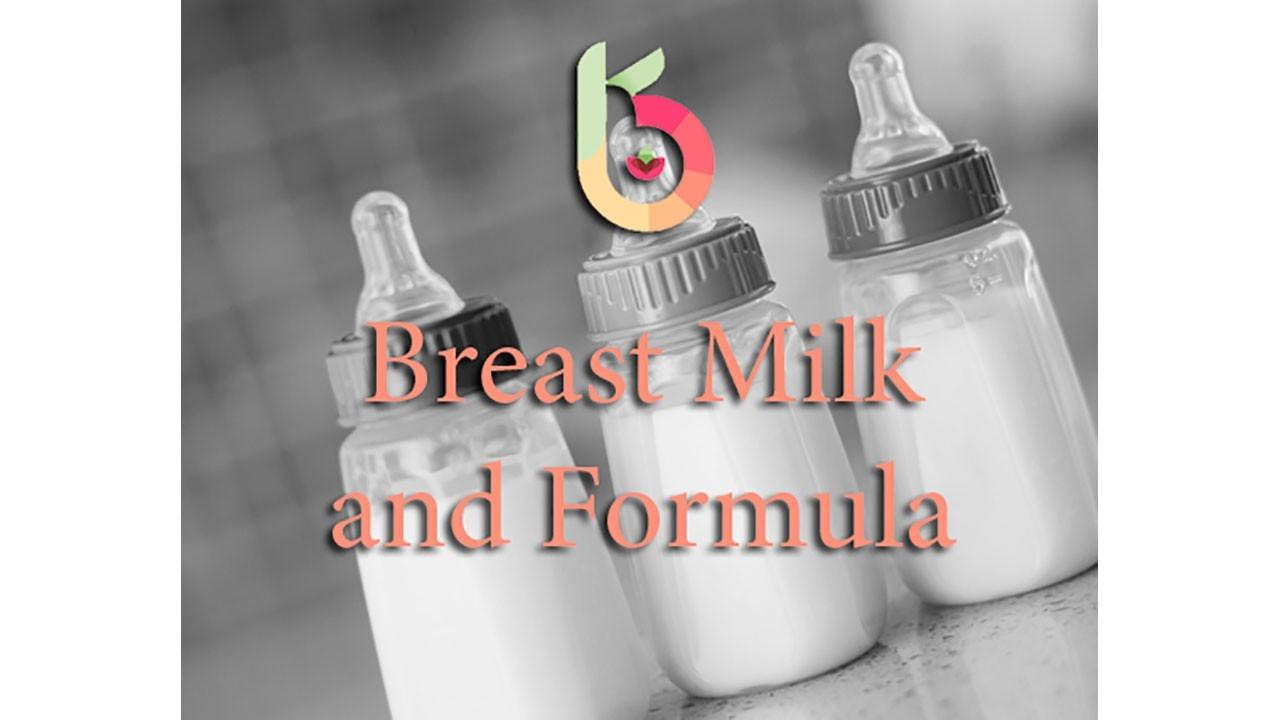Not Interchangeable: Breast Milk and Formula

When we reduce food to its micro and macronutrients, we misapprehend the bridge that it represents between us and our environments. In the case of breast milk, this first food is also first immunity, first stress education, and first bacterial load. Unfortunately, even at the most basic level of vitamins, fats, and minerals, breast milk and formula are not substantially equivalent, and, of course, could never be, in the context of highly individualized and tailored passage of nutrients from mother to baby.
A new analysis quantified notable differences including:
- Formula contains greater alpha and gamma tocopherol (vitamin E) than breast milk
- Formula contains greater vitamin C
- Despite these higher levels, fats in formula are more susceptible to oxidation after one day of refrigerated storage
It’s not surprising that we have not been able to capture the dynamic “ingredients” of breast milk using defatted bovine milk and vegetable oils. These ingredients are only the tip of the iceberg as we can only find what we know to look for. Consider lactation support, dietary optimization to minimize thyroid dysfunction and insulin resistance, and milk sharing/bank if breastfeeding is proving challenging (as it often will since we have lost intergenerational support and education!).
Want to continue reading?
Enter your details below to read more and receive updates via email.









